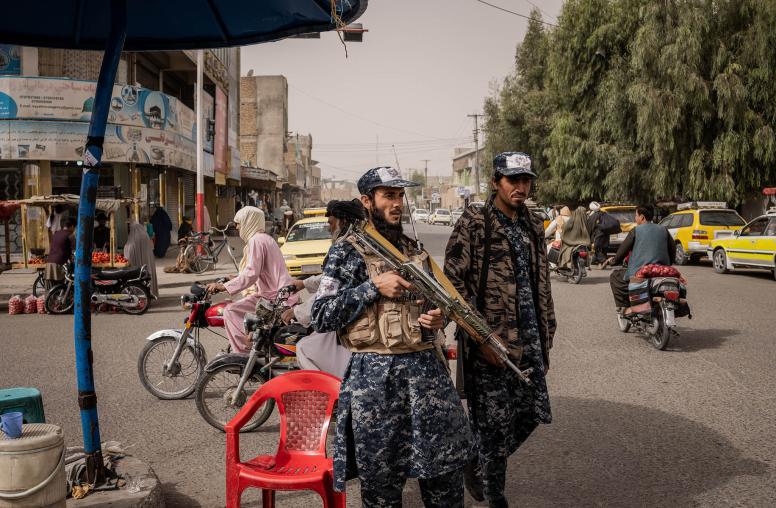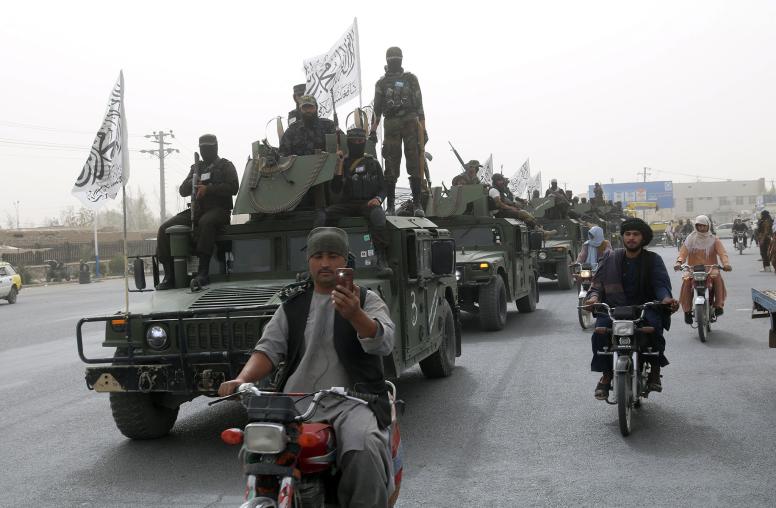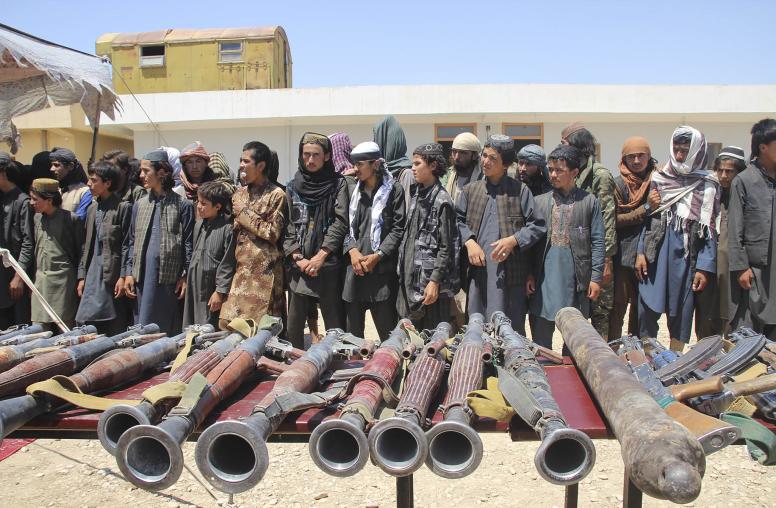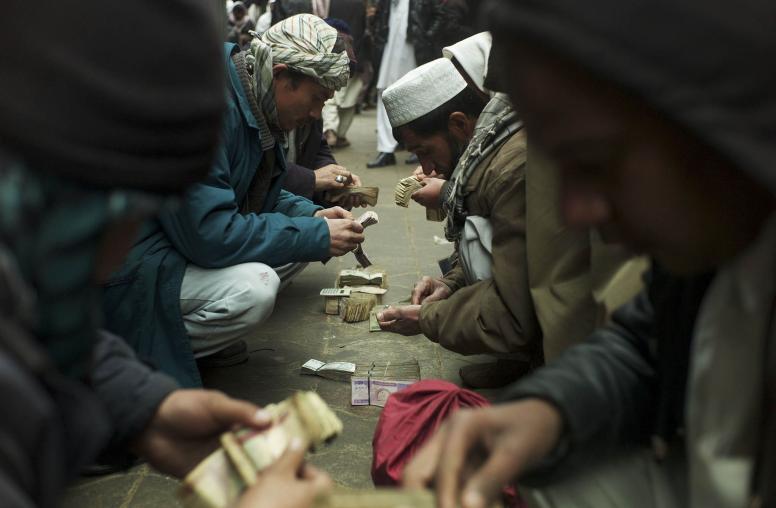Across a violent world, governments, U.N. agencies, foundations and peace organizations sponsor dialogue projects every year, working to reduce bloodshed. In national civil wars or local land disputes, trained “facilitators” guide antagonists toward compromise. But do these approaches work, and if so, how?
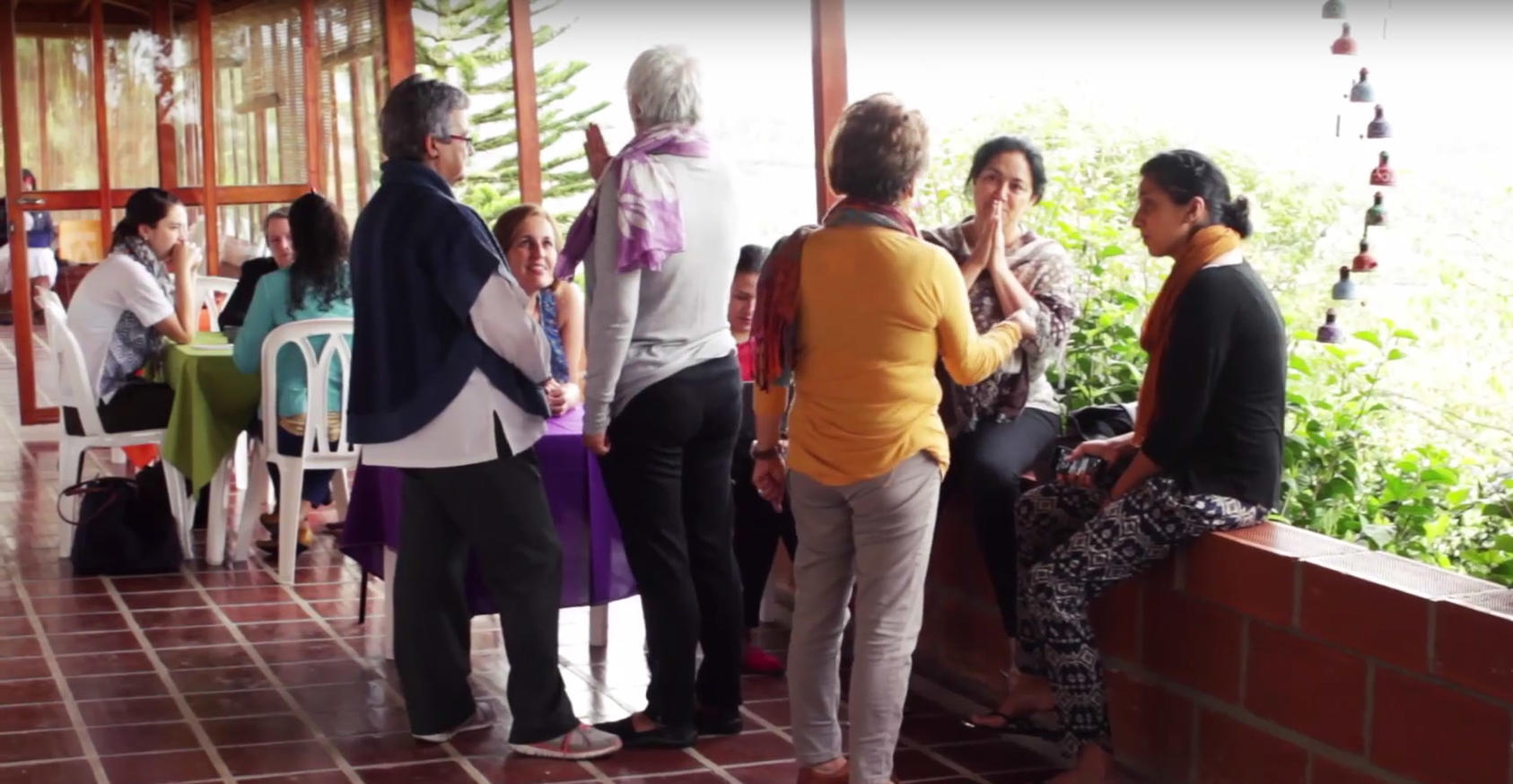
Amid a storm of violent crises that have displaced more than 60 million people, it’s hard for organizations or governments to dedicate real time and money to learn about what makes these “facilitated dialogue” projects effective. While individual projects often are assessed, there is a dearth of evaluations that look across multiple, disparate projects. So over the past two years, USIP has conducted just such a wider assessment, to study how dialogue projects in general can be improved. The results offer clues that the institute and other peacebuilders can use to improve facilitated dialogue projects—one of the most-used tools in the world’s peacebuilding efforts.
The USIP study, by independent evaluators, examined more than 100 projects that the institute supported, using grants, over the past quarter-century from Afghanistan and Pakistan to Iraq, Libya, Nepal and other countries. A central goal: figure out how such projects can be designed and implemented to multiply their impact.
That multiplied impact comes when the benefits of a dialogue—better understanding and cooperation among conflicting groups—are “transferred” from the relatively few direct participants in the dialogue project to the much larger communities they represent.
Key findings of the study, described in a new USIP Special Report, include:
- Projects since about 2000 have become more successful than before as they have shifted to focus on grassroots approaches. USIP’s evaluators suggest that this shift, away from working mainly with elites and policymakers, likely reflects (a) an evolution to more intra-state, rather than inter-state, conflicts; and (b) a better understanding in the peacebuilding field about the link between grassroots dynamics and wider conflicts of which they are a part.
- Projects that more carefully select influential, credible participants tend to have greater success. Logically, influential participants were better able to transfer the understandings from dialogue to their communities.
- The type and sequencing of activities in a project can better position it for success. One example: Some projects focused exclusively on dialogue. Others built the skills of their participants, training them in leadership or in analyzing and understanding the conflicts they confront. Projects succeeded most often, and transferred their benefits to the wider communities, when these “capacity building” efforts were combined with action or advocacy.
- To change institutions, dialogue projects have better success when they engage mid-level leaders and win the support of top leaders. The top leaders did not have to participate in the dialogues to sustain the rates of success, but simply had to be aware and supportive of them.
USIP has used insights from the study to improve strategies of recent USIP grant projects. In publishing the full study, with its recommendations, the institute aims to offer its findings to other organizations in the peacebuilding field, ensuring that future dialogue projects can better improve the lives of people most harmed by conflict and violence.
